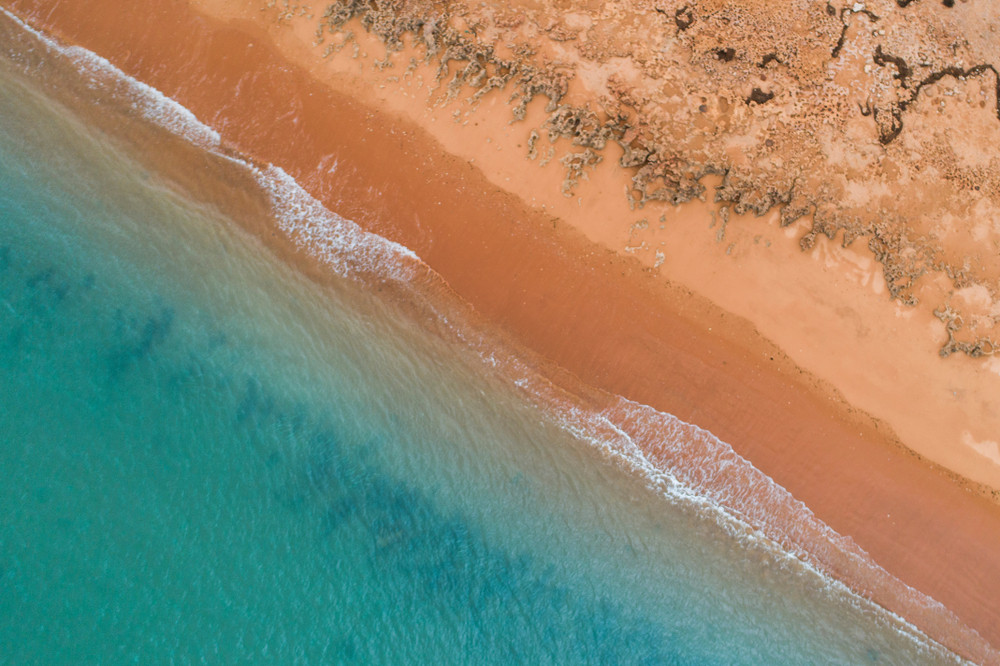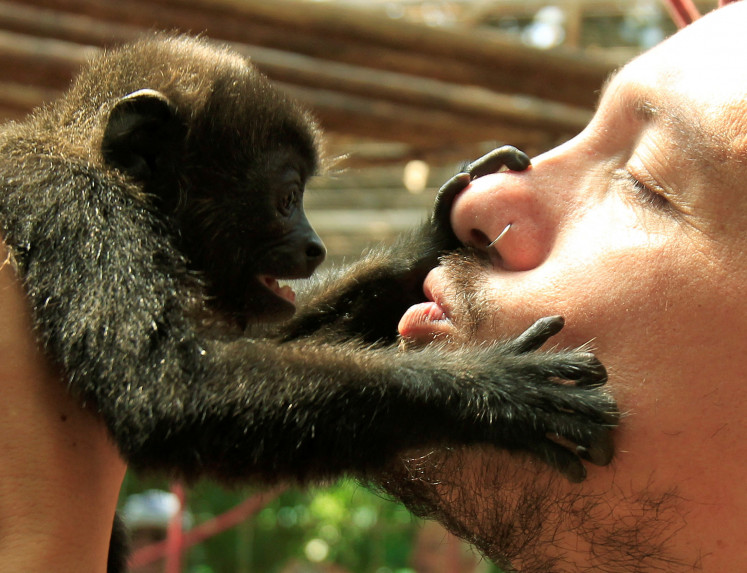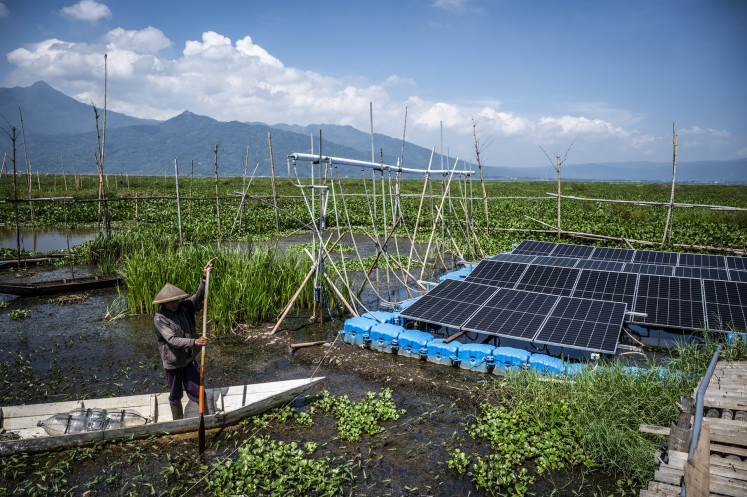Popular Reads
Top Results
Can't find what you're looking for?
View all search resultsPopular Reads
Top Results
Can't find what you're looking for?
View all search resultsAncient Australian Aboriginal sites discovered underwater
Change text size
Gift Premium Articles
to Anyone
A
rchaeologists have for the first time found Aboriginal artifacts on the seabed off Australia, opening a door to the discovery of ancient settlements flooded since the last ice age, they reported Thursday.
Hundreds of ancient stone tools made by Australia's Indigenous people at least 7,000 years ago were discovered two meters underwater off the remote Western Australia coast, the research published in the PLOS ONE journal said.
A second site nearby revealed traces of human activity 14 meters below sea level dating back at least 8,500 years -- though researchers believe both sites may be even more ancient.
Archaeologists say the finds mark an exciting first step in uncovering more Aboriginal sites thought to have been flooded since the last ice age between 18,000 and 8,000 years ago.
Flinders University associate professor Jonathan Benjamin, who co-authored the study, said sea-level rises covered more than 30 percent of the vast continent in water.
"A huge amount of the archaeological evidence documenting the lives of Aboriginal people is now underwater," Benjamin said.
"Now we finally have the first proof that at least some of this archaeological evidence survived the process of sea level rise."
James Cook University professor Sean Ulm said the archaeological team studied geological charts and sites on land to help decide where to search underwater.
"We then used airborne laser scanners and high-resolution sonar on boats to pinpoint likely areas," he said.
Read also: Australian Aboriginal site gains World Heritage recognition
Teams of divers were able to map 269 artifacts at a site about 2.4 meters below sea level off Cape Bruguieres in the Pilbara region, and found an underwater spring at the second site in Flying Foam Passage.
The Murujuga Aboriginal Corporation collaborated in the efforts, with CEO Peter Jeffries saying further exploration could unearth more cultural treasures.
"This will help us better understand the life of the people who were so connected to these areas which are now underwater," he said.
"With this comes a new requirement for the careful management of Aboriginal sea country."
Archaeologists have found Aboriginal sites in inland Australia dating back at least 65,000 years.
The first human settlers of the continent are believed to have arrived via Southeast Asia, by sea and over land bridges that were later submerged.











